On June 16, 2025, Ukraine executed a groundbreaking Drone Strike on a Russian Shahed drone manufacturing facility in Yelabuga, Tatarstan, approximately 620 miles (1,000 kilometers) from Ukraine’s border, using an innovative towed glider system. The attack, reported by The New Voice of Ukraine, targeted a plant producing Iranian-designed Shahed drones, which Russia deploys against Ukrainian energy and civilian infrastructure. This operation, leveraging an unmanned A-22 “Foxbat” light aircraft towing a 220-pound (100-kilogram) warhead glider, marks a new chapter in drone warfare and highlights Ukraine’s evolving tactical ingenuity.
Innovative Glider Technology Targets Shahed Production
The strike utilized an unmanned A-22 towing an unpowered glider, a method confirmed by Ukrainian Telegram channel Colonel GSH, which released footage showing the system in action.
Defense Express noted, “Until now, there has never been an instance of using a ‘tug drone plus a kamikaze glider as additional warhead load,’ or, for that matter, using a glider as an unpowered kamikaze aircraft.”
This setup allowed the glider to carry a payload of up to 220 pounds, striking the Alabuga facility with precision. The plant, built in partnership with Iran, manufactures Shahed kamikaze drones Russia uses in daily attacks on Ukrainian cities. Social media videos captured the explosion, with smoke rising over the site, while Tatarstan head Rustam Minnikhanov confirmed the attack, reporting one death and 13 injuries from debris igniting a fire.
This third Ukrainian strike on the facility this year, as reported by OSINT community Dnipro, injured 14 people and killed two Russian military personnel. The use of a towed glider extends Ukraine’s drone range and payload capacity, showcasing advanced engineering that could influence future unmanned systems design for drone professionals.
Russian Retaliation Hits Ukrainian Infrastructure
In response, Russian forces launched 183 drones and 11 missiles overnight, targeting the Kremenchuk oil refinery in Poltava, about 250 miles (400 kilometers) southeast of Kyiv. Ukraine’s air defenses downed 159 drones and eight missiles, but the strikes damaged energy and agricultural sites, according to Poltava governor Volodymyr Kohut.
President Volodymyr Zelenskyy called it a “vile strike against Ukrainian energy infrastructure” following U.S. requests to avoid Russian energy targets, per the Financial Times. A separate Russian attack damaged a Boeing office in Kyiv, though Andriy Koryagin, deputy general director of Boeing’s Ukraine operation, confirmed “no operational disruption” and no employee injuries.
Implications for Drone Innovation and Conflict
The A-22 glider system introduces a scalable, cost-effective approach to long-range strikes, potentially disrupting Russia’s Shahed production, which relies on drones costing around $20,000 each. Ukraine’s air force reports an average of 256 projectiles daily since June 2025, underscoring the scale of these attacks. The glider’s ability to carry a 220-pound warhead challenges traditional drone limitations, offering a blueprint for future designs that balance range and destructive power.
For drone professionals, this innovation highlights the need for adaptable systems and robust countermeasures. The strike’s success may prompt tighter global drone export controls, especially given Iran’s involvement. Meanwhile, Russia’s retaliatory strikes expose civilian infrastructure vulnerabilities, pushing Ukraine to enhance air defenses. As Drone Technology evolves, its strategic role in conflicts will demand continuous adaptation from the industry.
Featured image: An A-22 aircraft pulling a glider. The artwork is courtesy of The Eye of Horus community.
Discover more from DroneXL.co
Subscribe to get the latest posts sent to your email.



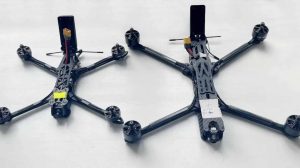




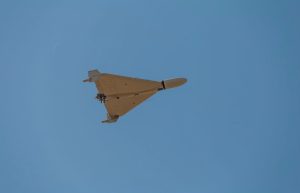
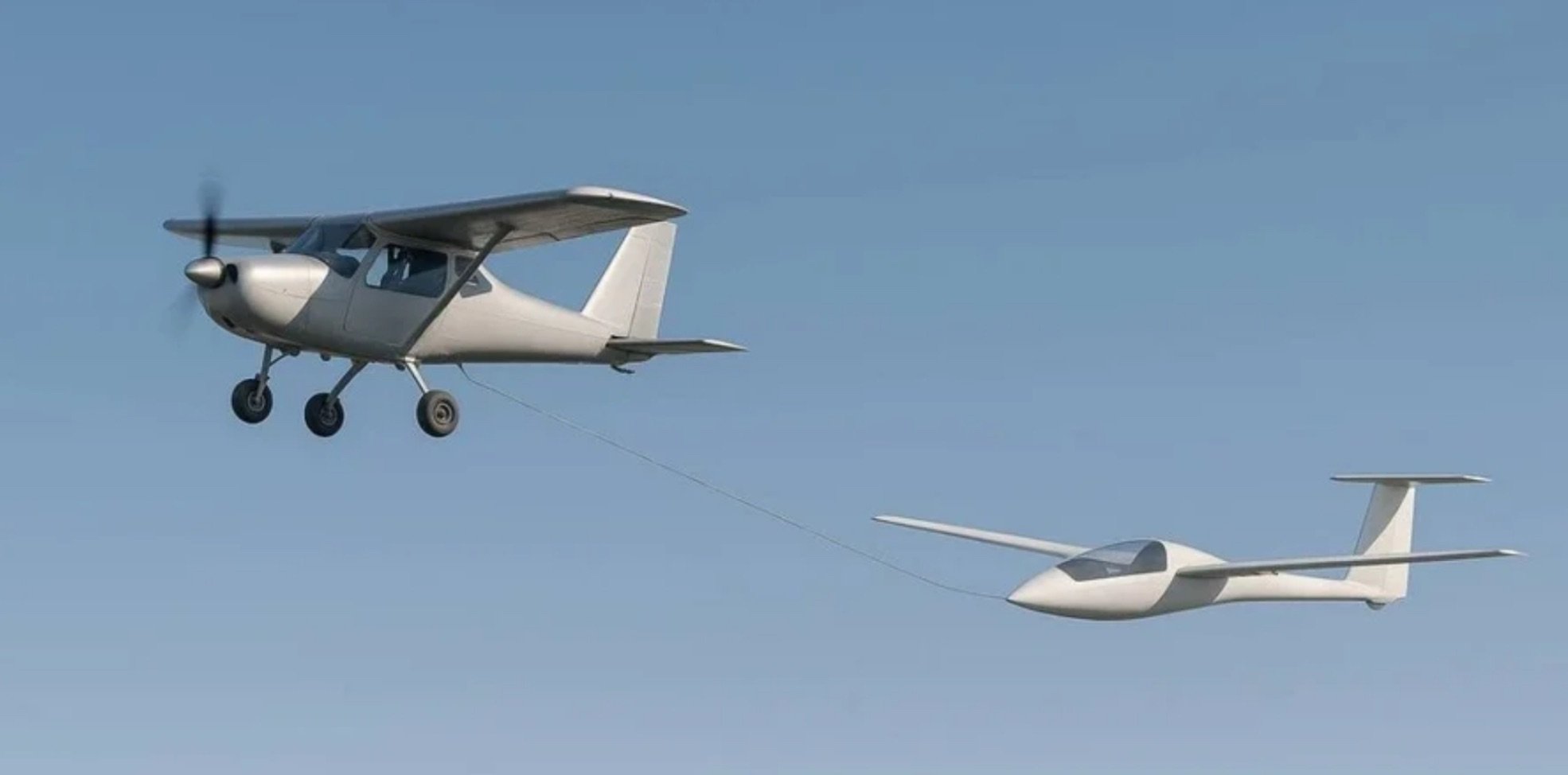




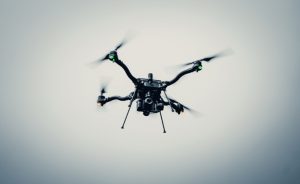
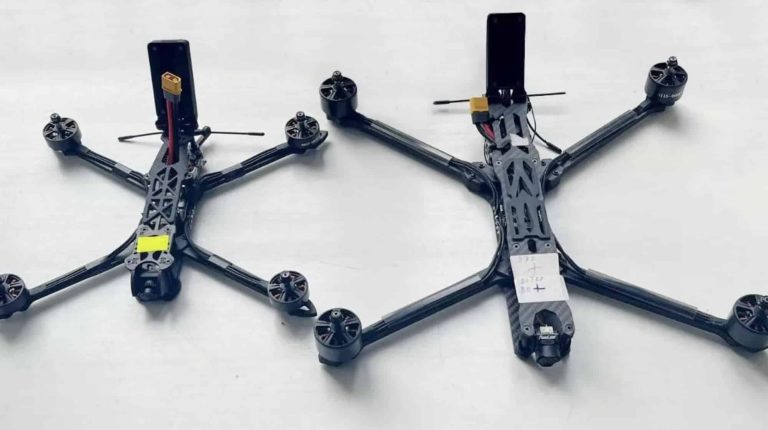
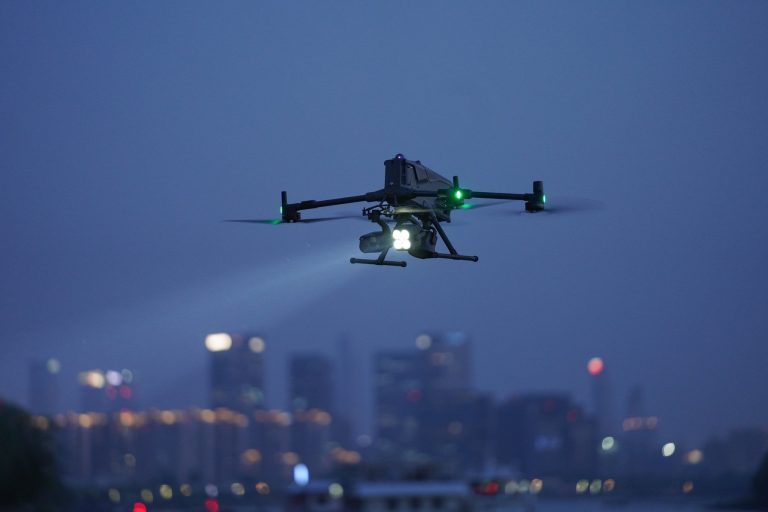

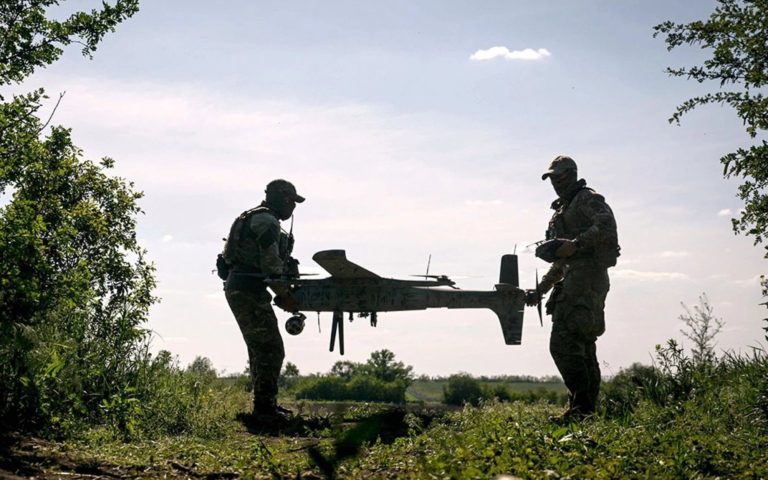

+ There are no comments
Add yours